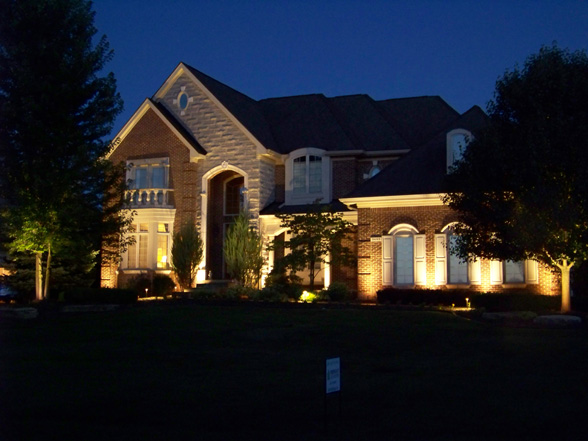
7 Questions To Ask Before Choosing A Landscape Maintenance Company
March 22, 2021
Pine Straw Vs. Mulch
April 21, 2021Fertilizing can be a powerful tool to give you the best lawn on the block – if you apply it the right way. Because fertilizer has a specific purpose – feeding your lawn – it needs to be applied at the right times for optimal results. Many property owners don’t stick to a seasonal schedule, choosing instead to apply fertilizer any time their lawn looks a little lackluster. Unfortunately, this doesn’t only waste perfectly good yard time – it can actually hurt your lawn health.
The good news is, a little bit of preparation can help you fertilize your lawn like a pro. Here are some quick tips to help you decide when to fertilize your Alabama lawn.
When to Fertilize
When and how often you should fertilize your lawn depends on your type of grass, where you live, and how you want your lawn to look.
South Alabama lawns are made primarily of warm-season grasses like Bermuda, Centipede, Zoysia, and St. Augustine. These grasses have wide, coarse blades that allow them to be drought resistant and thrive in our high summer heat. As a result, they grow during the spring and summer but turn brown and dormant during winter and fall.
Because different species have different nutritional needs and growth cycles, it’s important to know which type of grass you have. For best results, fertilizer should be applied during periods of active growth and avoided during periods of dormancy.
Spring
Spring fertilizer is important to prepare for a healthy growth period, but timing is key. You want to wait until your lawn is completely green and the grass is actively growing, ideally after your first 2-3 mows. Depending on our annual weather patterns, this could occur anywhere from late March to early May.
Summer
Summer is the active growth period for most Alabama lawns. During this time, you should plan to fertilize your lawn every four to six weeks, depending on your type of fertilizer. You should always follow the manufacturer’s recommendations on application times to avoid overfeeding your lawn.
Fall
Most lawn experts agree that fertilizing warm-season grasses too late in the fall is not a good practice. These grasses need to “harden off” to prepare for dormancy, and late fertilizer that stimulates new growth may leave your lawn vulnerable during the winter. As a general rule, apply your last round of fertilizer 6 to 8 weeks before the first frost, and no later than mid-September.
Note: an exception to this rule is if your lawn is overseeded with cool-season grasses to provide winter color. These types of lawns may benefit from late fall applications of low-nitrogen fertilizer mix.
Other Fertilizer Tips
Run a soil analysis. A yearly soil analysis can help determine what nutrients your lawn is lacking and help you find the best fertilizer for its needs. You should test for potassium (K), phosphorus (P), and nitrogen (N), as well as the soil’s pH level. A professional company like Chad’s Landscape Management can perform and interpret an annual soil analysis test.
Do not apply fertilizer to sidewalks, driveways, or curbs. Fertilizer that is applied to hard surfaces can be washed off into streams, storm drains, or other waterways. If you accidentally fertilize these areas, blow the granules back into your lawn or return them to your bag for later use.
Apply fertilizer the right way. When fertilizing your lawn, apply half of the needed amount in one direction and the other half perpendicular to your first application.
If fertilizing has you on the fritz, the professionals at Chad’s Landscape Management can help. We offer comprehensive maintenance packages that include soil testing and seasonal applications of the industry’s best and most eco-friendly fertilizers to keep your lawn lush, green, and healthy. Contact us today!





